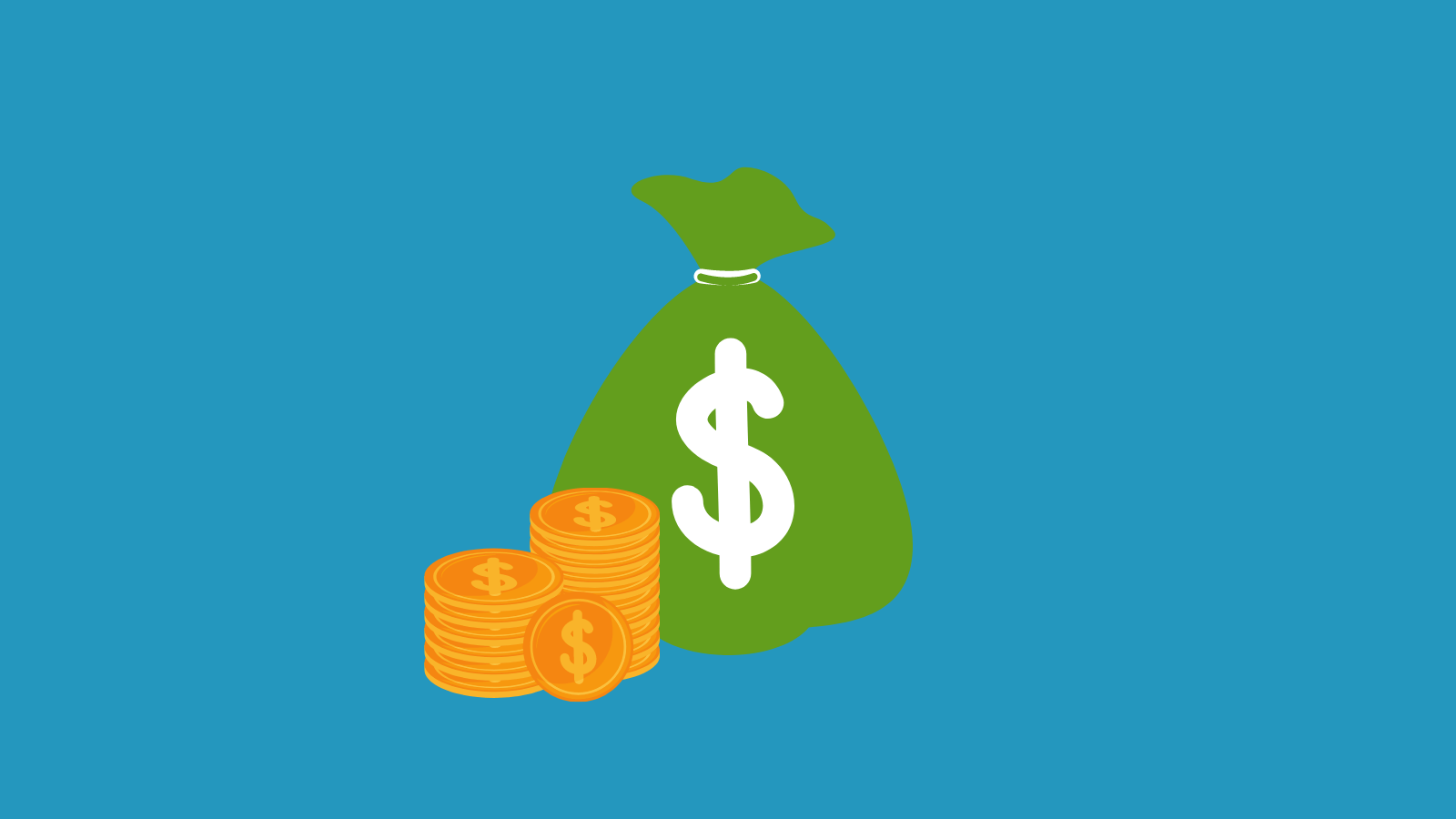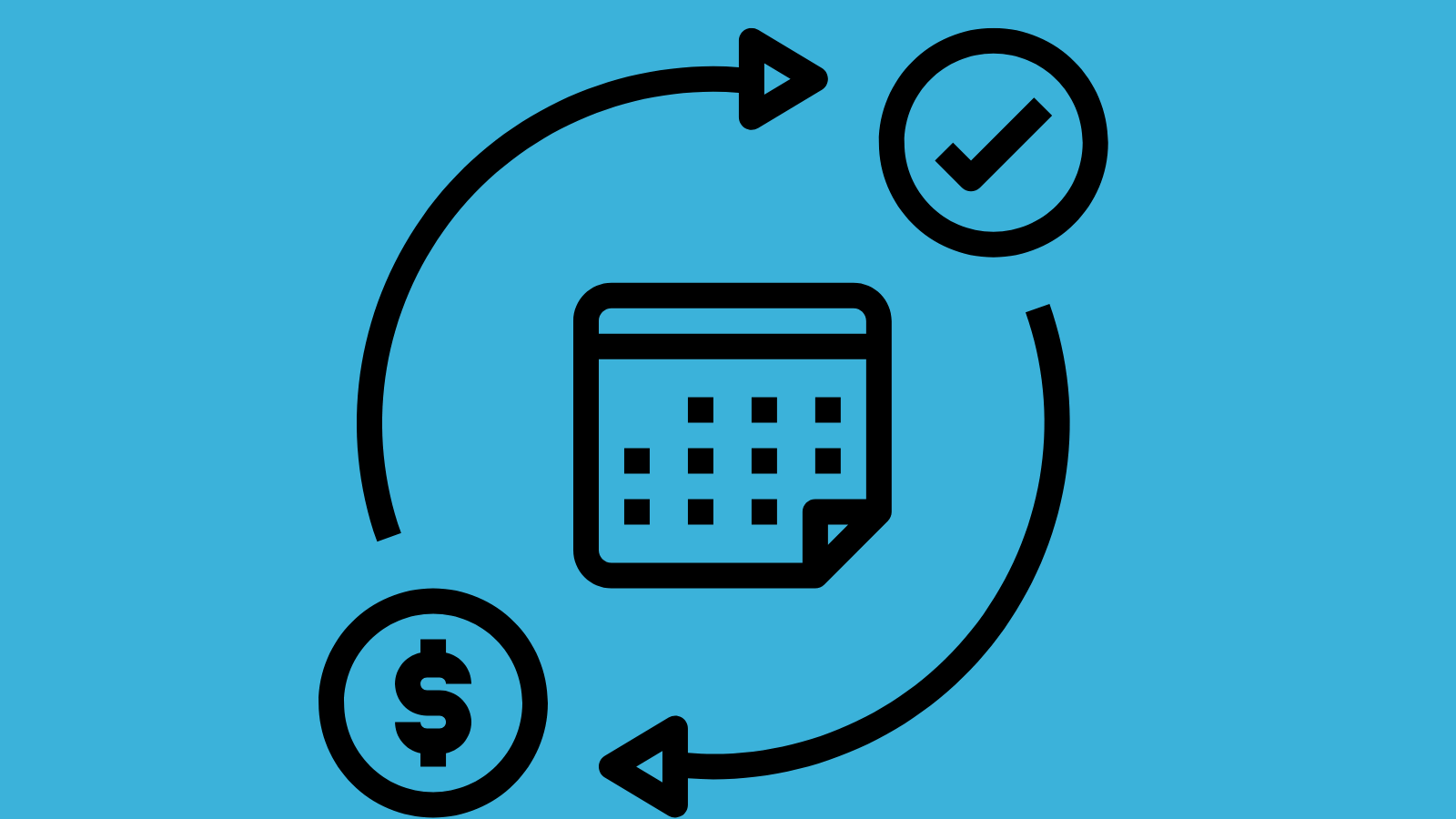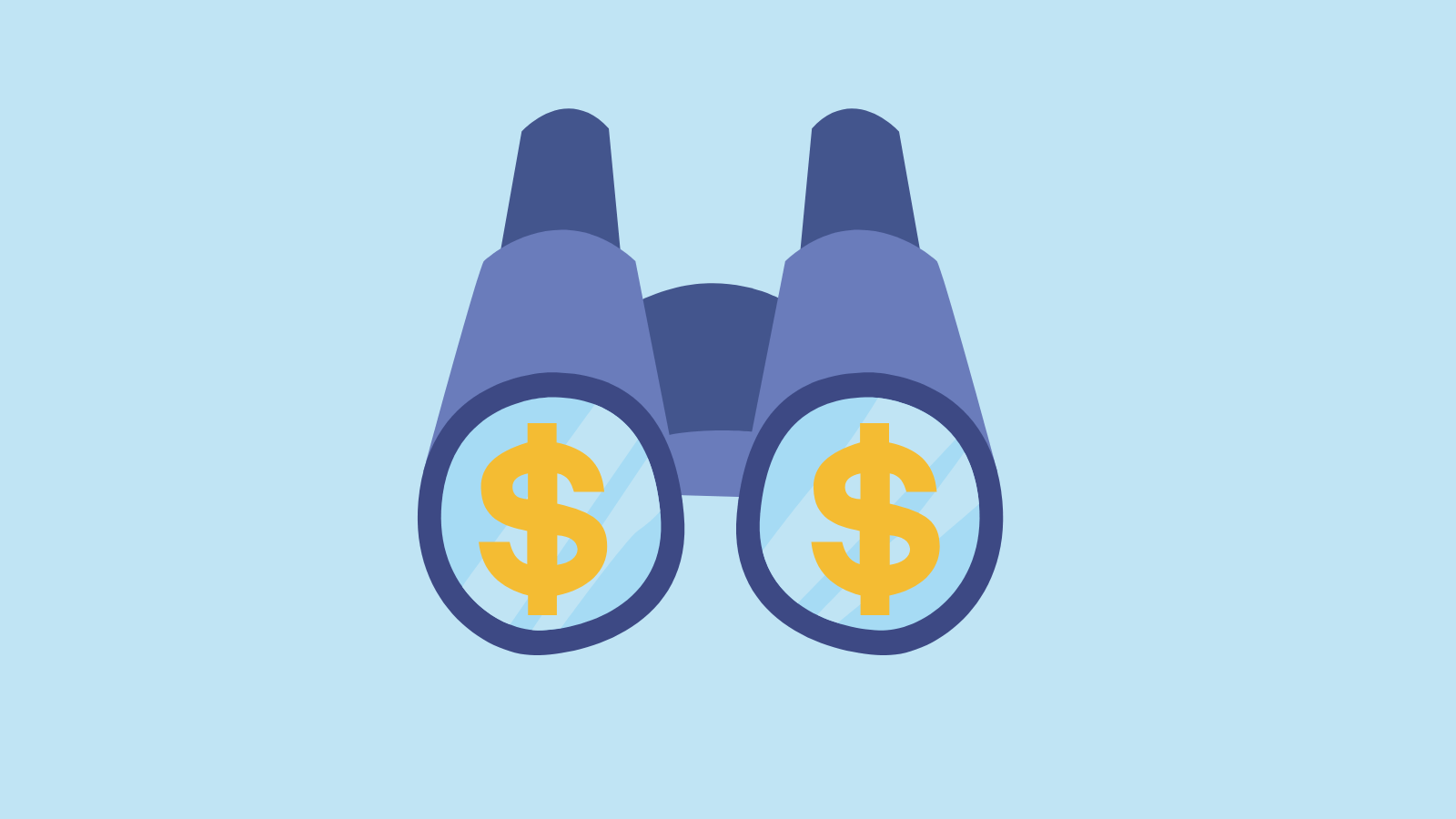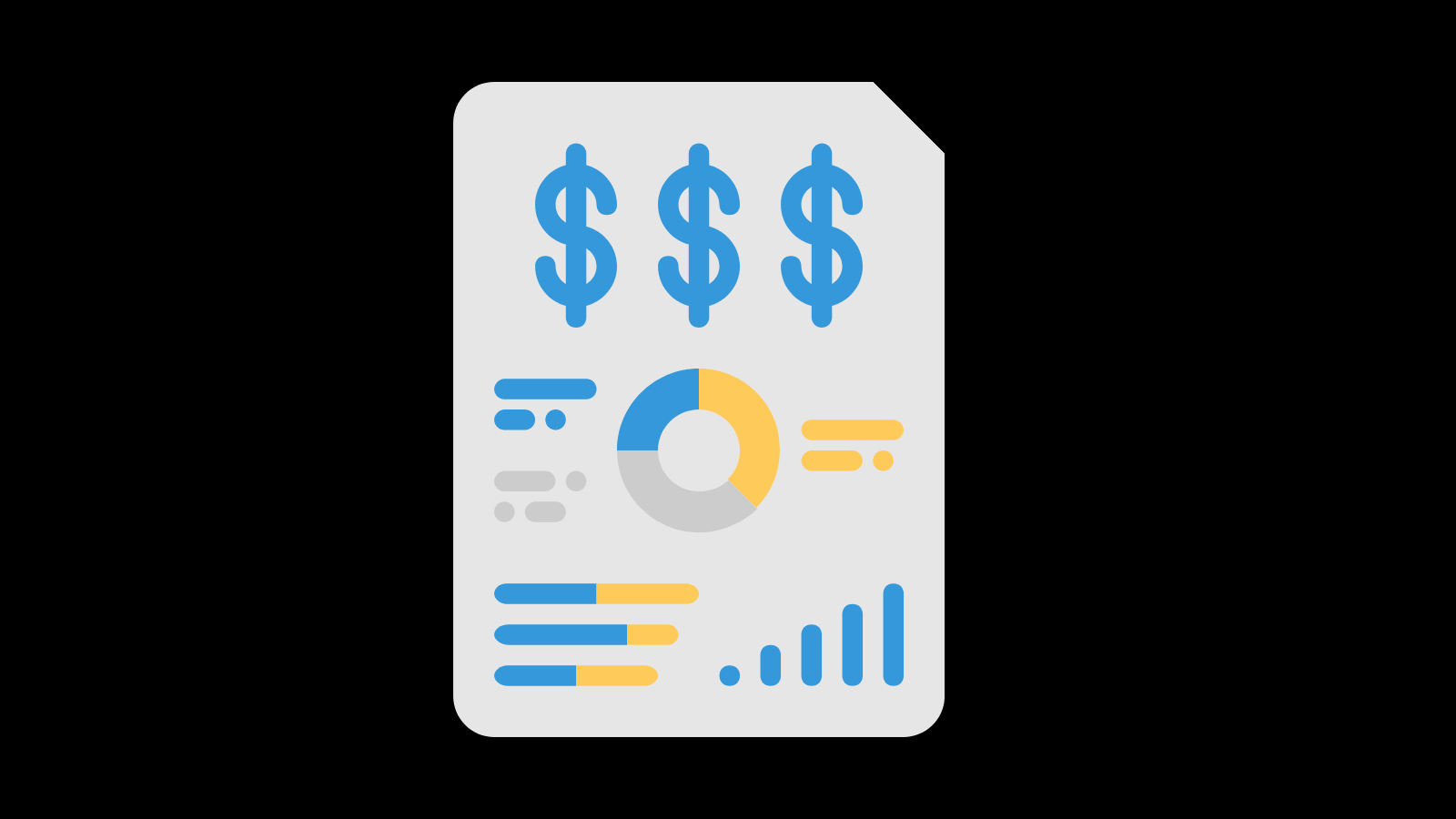What Is Small Business Accounting?
Business accounting includes the processing, measurement, and communication of a business’ finances. The related activities include
- Taxes
- Management
- Payroll
- Acquisition
- Inventory
There are two ways businesses do accounting: using an accounting software and hiring an accountant.

Small Business Accounting Software
Accounting software applications automatically do accounting tasks like:
- crunching numbers
- performing data entry
- tracking performance metrics
- producing business reports
The automatic calculations are especially reassuring during tax season.
More advanced versions of these programs may include features like:
- Integrations with other office management programs
- Data trend displays
- Payments to accounts receivables
- Invoice remission
- Ensuring that you meet tax requirements
Some popular accounting software options for small businesses include:
- Intuit QuickBooks Online
- Xero
- FreshBooks
- Intuit QuickBooks Self-Employed
- Wave
- Kashoo
- Sunrise

Pros of Accounting Software
- Automatic data entry minimizes redundancy
- Pre-calculated sales tax
- Cloud-based storage eliminates the need for costly desktop technology in the office
- User-friendly interface
Cons of Accounting Software
- Security is riskier within cloud-based services
- Often packaged as subscription services that charge for annual updates
- Dependent on tech support from outside sources
- Costs can be high, especially for a desktop-based installation

Accountants for Small Businesses
In some cases, small business owners may prefer hiring an accountant who specializes in small businesses. This could be a part-time bookkeeper or a full-time, in-house accountant. A business accountant’s job is to…
- Advise on how best to structure a company before launching
- Consult on the financial details of your business plan
- Help you cut operational costs
- Manage payroll
- Develop a financial safety net in case of emergency
- Communicate with the IRS in the event of an audit
- Find tax deductions you’re entitled to
- Recognize financial problems at the source
- Maintain cash flow
- Point out potential areas of financial growth and improvement
- Put together the financial reports
- Prepare your tax returns quickly and accurately

Pros of Hiring an Accountant
- Professionals have more knowledge on tax laws
- Accountants can assist with IRS audits
- Assistance with business growth strategies
Cons of Hiring an Accountant
- Pricing compared to using a software
- It can be risky to rely on one person for your company’s financial information
- Less control over daily transactions
How to Set Up Accounting for Your Small Business
Setting up the finances as a small business owner can seem complicated. Follow this step by step guide to setting up the basics of your accounting.
1. Open a bank account for your business
Having a separate bank account for your business doesn’t just make tax season easier. It can also protect your personal assets in the unfortunate case of bankruptcy, a lawsuit, or an audit. A history of strong business financial records can also make it easier to get funding from investors and creditors.
If your business is an LLC, partnership, or corporation, you’re legally required to have a separate bank account for your business. It’s not required for sole proprietors, but it’s still a good idea. Before you open a business bank account, register your business name, compare fee structures to make sure you’re getting the best value, and check with the bank for documents you’ll need to bring when you set it up.
The first step is to open a business checking account. Then open a savings account to set aside money for taxes. Aim to put 25% of your income aside as your self-employed tax withholding. You should also consider a business credit card since building credit as a business can help you secure funding.

2. Choose an Accounting Method
There are two accounting method options: the cash and accrual accounting method.
Cash Method
With the cash method, revenues and expenses are recognized at the time when they are received or paid.
Accrual Method
With the accrual method, revenues and expenses are recognized when the transaction occurs, even if the cash isn’t in or out of the bank yet. It also requires tracking receivables and payables.
US business owners with revenues of less than $5 million can use cash-based accounting, otherwise they have to use the accrual method.

3. Track Your Business Expenses
Tracking business expenses is essential for monitoring how your business grows, building financial statements, keeping track of deductible expenses, preparing tax returns, and providing additional proof for your filings.
Establish a system early on for organizing receipts and records. This could be physical or electronic. The IRS doesn’t require businesses to keep receipts for expenses under $75, but it’s a good habit to hold onto everything.
The important types of expenses keep track of include:
Meals and entertainment
If you conduct a business meeting at a restaurant, cafe, or bar, be sure to keep the receipt. On the back of the receipt, write down the purpose of the outing and who attended it.

Out-of-town business travel
Business trips are a major expense for any business. Be sure to keep track of all of your spending related to every trip.
Vehicle-related expenses
For business vehicle use, write down where, when, and why you used the vehicle and apply the percentage of use to your vehicle-related expenses.
Receipts for gifts
If you give your employees a gift of a bonus, keep the records of it. If the person who gave the gift also participated (for example, if the gift was concert or sporting event tickets), then it’s classified as entertainment rather than a gift.

Home office receipts
Home office expenses are similar to vehicle expenses. You’ll need to calculate what percentage of your home you use for business and apply that percentage to home-related expenses.
4. Start a Bookkeeping System
Bookkeeping and accounting are similar, but there are notable differences. Bookkeeping is the everyday process of recording and categorizing business transactions. Accounting is the process of making sense of the bookkeeping data by building financial statements. New entrepreneurs have three options for managing their books:
- DIY with an accounting software
- Part-time bookkeeper
- In-house bookkeeper or accountant

5. Set Up a Payroll System
When you hire people for your business, they can either be employees or independent contractors. Payroll works differently for each one.
Employees require a payroll schedule and to make sure you’re withholding payroll taxes. Many accounting software options offer payroll as a feature.
Independent contractors don’t require those things, but keep track of how much you’re paying everyone for when it’s time to file 1099s.

6. Understand Import Taxes
If you’re going to import goods from other countries, you’ll likely be subject to taxes and duties. Be sure to research the applicable laws and fees for your country and the goods you’re importing and plan accordingly for the fees.
7. Set Up Your Payment Processing
US businesses have two main options for receiving online payments:
- Accepting credit and debit cards.
- Accepting payments via PayPal
Here are the steps you need to take to start accepting credit card payments:
- Open a business bank account
- Find a payment gateway
- Create a merchant account with the company
- Connect the gateway to your store and your business bank account
- Test the system with a one cent purchase
8. Establish Sales Tax Procedures
Selling online to customers outside of your geographic area is great, but there are a few things you’ll need to understand about sales taxes.
If you operate in an origin-based state, you have to charge sales tax based on the state where you run your business. If you operate in a destination-based state, you have to apply sales taxes based on the purchaser’s location. If you sell internationally, consult an accountant for detailed information about your state’s regulations for international sales tax.
9. Determine Your Tax Obligations
If you’re self-employed as a sole proprietor, LLC, or partnership, you’ll claim business income on your personal tax return. If your business is a corporation, it will be taxed separately from you as the owner and the income you earn from the corporation will be taxed as an employee.
Self-employed people also need to withhold taxes from their income and pay them to the government directly in lieu of the tax money an employer would normally withhold.
![]()
10. Calculate Your Gross Margin
The gross margin represents the total sales revenue that’s kept after the business incurs all direct costs to produce the product or service. Improving the gross margin of your business is the first step to earning more money. The formula for calculating this is:
Gross margin (%) = (revenue - COGS) / revenue
COGS stands for Cost of Goods Sold. These are the direct costs of producing products sold by a company including materials and labor.
11. Apply for Funding
Whether you need a financial boost during a slow season, extra funding to expand your business, or any other reason, there are a variety of ways to apply for external business financing.
To get a small business loan, you’ll have to provide financial statements. These will include a balance sheet and income statement at minimum and could also include a cash flow statement. Before you sign off on a loan, calculate the ROI. Add up all of the expenses you need the loan to cover, the revenue you expect to get from the loan, and the interest. If anything looks off, don’t take on the debt.
12. Find high-quality accounting partners
Even if you understand the basic principles of small business accounting, it’s likely that you’ll need some help along the way. Small business accountants and financial professionals can help you take better control of your money. Here are a few different types of professionals to consider adding to your team:
Accountant
A small business accountant can advise you on your finances at several points, including
- Deciding on your business structure
- Putting together financial statements
- Obtaining any licenses and permits you may need
- Writing your business plan
Certified Public Accountant (CPA)
A CPA is the only individual who can legally prepare an audited financial statement in case of an audit.
Bookkeeper
The bookkeeper manages the day-to-day records of a business by reconciling accounts, documenting and categorizing expenses, and managing accounts receivable and accounts payable.
Tax Preparer
A tax preparer helps out during tax season by filling out necessary forms and sometimes filing them on your behalf during tax season. Sometimes they also set up your estimated tax payments.
Tax Planner
Tax planners help optimize your taxes before you file them by finding ways to lower your tax burden.

12. Reevaluate Your Methods
As your business grows, your accounting solutions will likely have to grow with it. Many sole proprietors start out using a spreadsheet to track their income and expenses, then move on to using accounting software, then eventually hire an in-house accountant. Regularly reassess how much time you’re spending on your finances and how that time is costing your business. Spending less time on your bookkeeping means you can spend more time running your business.

What Goes in Financial Statements
The financial statements which include the income statement, statement of changes in equity, balance sheet, statement of cash flow and notes are the end products of the accounting system.
Balance Sheet
Balance sheets measure what a company owns and owes. This type of statement provides a snapshot of a small business's financial health at a specific point in time. Bookkeepers can view the company's assets and liability figures at a glance.
Companies typically prepare balance sheets at the end of every quarter, but individuals can prepare them at any time. The information on a balance sheet includes:
- Assets: What a company owns
- Real Estate
- Inventory
- Cash
- Accounts Receivable
- Liabilities: What a company owes someone else
- Employee salaries
- Income taxes
- Mortgage loans
- Accounts payable
- Shareholders' Equity: Assets minus liabilities

Income Statement
Income statements, often referred to as profit and loss statements, summarize a small business's revenues and expenses over a specific period. Companies typically prepare quarterly and annual income statements.
Income statements include the following information:
- Revenues and gains
- Revenue from the primary business activities
- Revenue from secondary activities like bank account interest
- Gains made from one-time, non-business activities like selling equipment
- Expenses and losses
- Expenses include costs from primary and secondary business activities
- Losses include costs from one-time, non-business activities like selling assets for less than their value
- Net income: subtract revenue from expenses

Cash Flow Statement
Cash flow statements summarize the amount of money entering and leaving a company. These statements focus exclusively on liquid assets like cash and cash equivalents — investments that individuals can readily turn into cash.
Accountants calculate cash flow by making adjustments to a business's income statement. Through addition and subtraction, bookkeepers remove non-cash items and transactions from the net income. Information on a cash flow statement includes:
- Operating activities: earning and spending cash for business activities
- Receipts from sales of goods
- Bank account interest
- Payments made to vendors
- Wages and salaries paid to employees
- Investing activities
- Asset sales or purchases
- Loans made to vendors
- Payments related to acquisitions or mergers
- Financing activities: generating and spending cash to fund the company
- Paying cash dividends to shareholders
- Receiving cash from issuing stock
- Receiving cash from paying down debt
Small Business Accounting FAQs
How do I do the accounting for my small business?
Small business accounting usually involves three key reports: the balance sheet, income statement, and cash flow statement. Some perform accounting tasks manually. Others use accounting software. Others hire professional accounting services.
What are accounting best practices for small businesses?
Key accounting best practices for small businesses include
- Keeping businesses finances separate from personal finances
- Keeping accurate records
- Tracking income and expenses
Small businesses may also want to consider hiring a professional accountant or automating their finances with accounting software to help with these accounting tasks.
How much should I pay to hire a small business accountant?
Small business accountants vary in price, depending on a variety of factors like location and certifications they have. The US Bureau of Labor Statistics estimates in-house accountants make an average annual salary of $70,000. In-house bookkeepers make an average of $17.26 per hour, according to PayScale.
Costs of outsourcing to an external contractor or an accounting firm vary from a few hundred dollars per month to thousands per month, depending on the complexity of your small business accounting needs.
What does an accountant do for a small business?
The accounting tasks a small business accountant does include:
- Forming your business
- Helping write a business plan
- Auditing your cash flow
- Finding opportunities to cut costs
- Advise on business strategy
- Managing debt
- Chasing down payments
- Writing and submit loan applications
- Planning budgets
- Setting up your accounting software
- Managing inventory
- Recommending business tools
- Helping to open new bank accounts
- Overseeing payroll
- Financial reporting at the year-end
- Preventing audits
- Advising on personal finances
What does a bookkeeper do for a small business?
A bookkeeper’s job is to handle the ongoing, administrative duties for small business accounting, including:
- Reconciling accounts
- Recording transactions
- Managing accounts receivable and accounts payable
- Adjusting entries
- Preparing financial statements
- Sending invoices
- Setting up and manage technology and tools
- Staying up to date on laws and regulations
- Preparing basic payroll
- Working with your accountant, tax preparer, and tax planner
What is the most commonly used accounting software?
Some popular accounting programs for small businesses include QuickBooks, Xero, and FreshBooks. Each platform offers a variety of features for small business owners like bookkeeping tools, point of sale functions, and mobile apps.
Does my small business need a CPA?
Sole proprietors can often get by without accountants. Working with a CPA does offer many benefits for LLCs and corporations like
- Analyzing bookkeeping records
- Helping with payroll and taxes
- Offering financial consulting
- Representing you during IRS audits.
Should I hire an in-house accountant or an independent contractor?
Which hiring choice will benefit your business best will depend on the size of your business and the complexity of your accounting needs. Outside accountant costs typically increase with the size of the business, but at some point, hiring in-house can save money in the long run.
How Sav Can Help
No matter what your accounting solution is, we’re here to make it easy for your business to succeed online. Our website builder payment options give you and your customers the options you need to make it easy for money to come in. The automatic tax calculations feature makes it easy to figure out your sales taxes. You can even configure tax invoices right here. Start your free trial today and start earning tomorrow!
Newsletter
Popular
Top Articles
Recommended articles
A Complete Guide to Facebook Ad Sizes
Facebook ads are an essential part of any social media marketing strategy. Facebook may not be the most popular social network for the...
Read moreHow to Come up With Ecommerce Product Ideas
Whether you’re starting a new ecommerce business or expanding a pre-existing one, what products to sell online is an important decision....
Read moreThe 10 Best Providers for Print on Demand Books
Always wanted to write your own book? Self-publishing with a print on demand book service can make that dream a reality more easily than...
Read more





